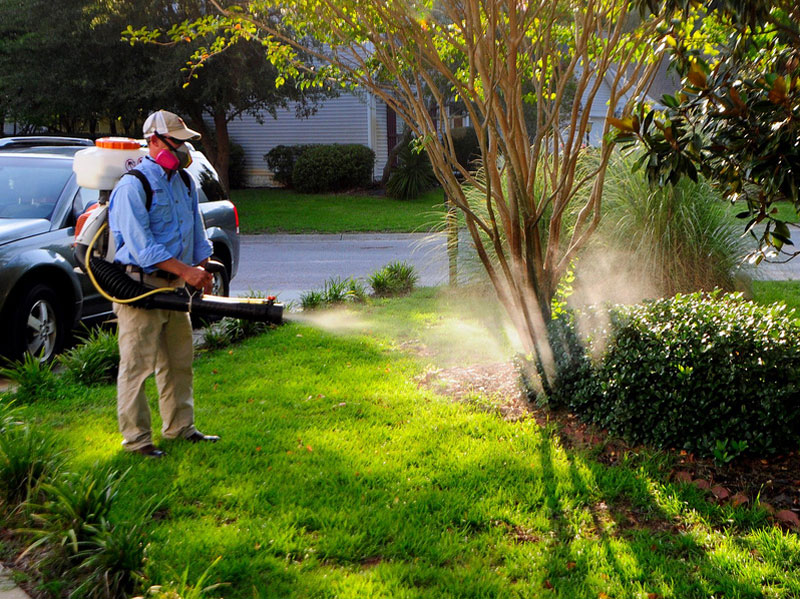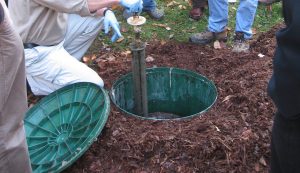Richards SL, Volkan JK*, Balanay JG and Vandock K (2017). Evaluation of Bifenthrin and Deltamethrin Barrier Sprays for Mosquito Control in Eastern North Carolina. Journal of Medical Entomology 54(6): 1659-1665. doi:10.1093/jme/tjx152
Abstract
Mosquitoes are a nuisance and potentially transmit pathogens causing numerous diseases worldwide. Homeowners and others may hire private companies to alleviate mosquito-related issues. Here, two pyrethroids (Suspend® Polyzone® [deltamethrin] and Bifen Insecticide/Termiticide [bifenthrin]) were evaluated on properties in North Carolina for 23 weeks from May 18-October 19, 2015. Properties were treated using backpack mist blowers every 21 days. At 17 fixed sampling locations, Centers for Disease Control and Prevention CO2-baited traps were deployed overnight once/week for the duration of the experiment. Oviposition traps were deployed weekly at the same locations. Differences were observed in mosquito abundance between neighborhoods, treatments, and weeks and differences varied between species. Mosquito abundance was generally significantly higher in traps placed on control properties (no insecticide) compared to traps placed on treatment properties. Bifenthrin and deltamethrin showed differences from each other in efficacy, but this varied between neighborhoods and species. Future studies could test the efficacy of barrier sprays at different application frequencies and/or in conjunction with weather monitoring. Coupled with regular mosquito surveillance and using integrated pest management principles, barrier sprays can be an effective tool for suppression of mosquito populations.
*Joshua Volkan is a 2016 graduate of our MS Environmental Health program.
The published article can be accessed here.



